When you’re outside of the longest tunnels in the U.S., you can’t help but wonder how they were built. When driving through them, you hope they were built well. Both engineering marvels and logistical nightmares, tunnels provide transportation through mountains and rivers that once stood as boundaries to human advancement. Requiring the highest levels of both brains and brawn to build, tunnels are the arteries that connect America.
Here are the top five longest tunnels in the U.S.:
5.) Baltimore Harbor Tunnel
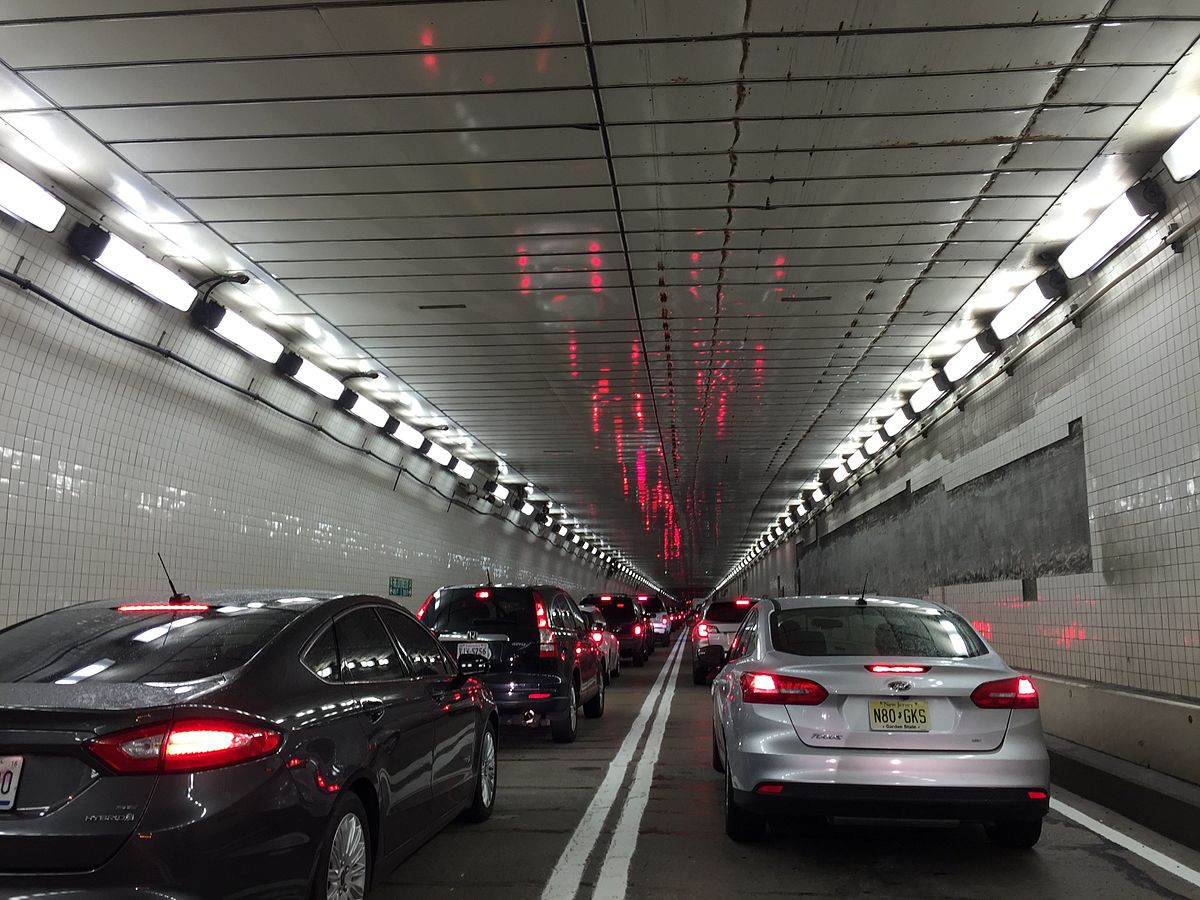
Wikipedia
Prior to the Baltimore Harbor Tunnel’s being built and placed on the list of the longest tunnels in the U.S., Baltimore’s narrow streets were the only direct roads between the city and the south side of Philadelphia. As a result, the traffic situation in Baltimore in the 1940s was terrible.
The traffic situation was so intense that Baltimore was regarded as “the worst city in the United States” in terms of taking care of its traffic. However, when the construction of what would be regarded in later years as one of the longest tunnels in the U.S. began, the Baltimore Harbor Tunnel was regarded as the solution to breaking the Baltimore Bottleneck.
Construction of the tunnel began in early 1955. At the time of its construction, the tunnel was praised as an engineering marvel with its 21 twin tube sections, almost the size of a football field. Also, the tunnel has a ventilation system that was built and designed to remove exhaust fumes generated by vehicles driving the route.
The Baltimore Harbor Tunnel travels under the Patapsco River, acting as a conjunction between major highways that run north to south, as well as a jumping-off point for several smaller traffic arteries in the industrial areas of Baltimore. The tunnel, which is 7,392 feet long, has four lanes and opened in November 1957. On the very first day that it was opened to the public, thousands of motorists poured into the tunnel, braving the then-40-cent toll, to travel north to Philadelphia for the annual Army-Navy football game. Another amazing fact about this long tunnel is that a massive 24.9 million vehicles pass through the tunnel annually, and it is also the longest underwater vehicular tunnel in the world.
4.) The Ted Williams Tunnel
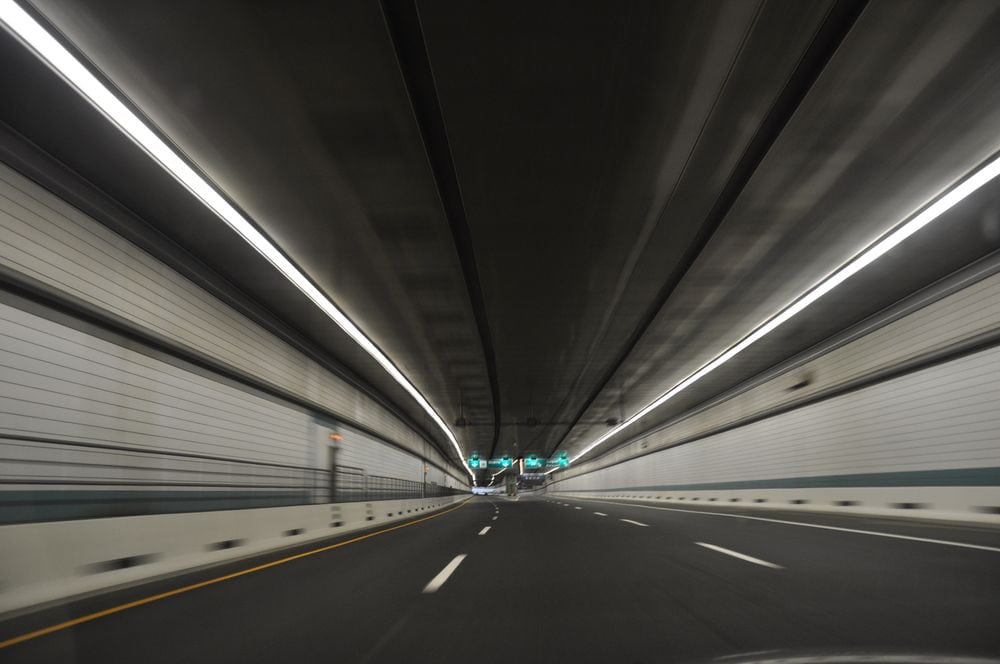
National Geographic
The first major hookup in Boston’s notorious “Big Dig,” the Ted Williams Tunnel connects South Boston with East Boston and Logan Airport. One of three tunnels under the Boston Harbor, it is the end point of the I-90 Massachusetts Turnpike.
Portal to portal, it spans 8,500 feet, making it one of the longest tunnels in the world. The Ted Williams Tunnel was opened in 1995, with Boston Red Sox legend Ted Williams present at the opening ceremony. The tunnel is said to be used by about 98,000 motorists every day.
The project was fraught with controversy from its beginning in 1991. After several catastrophes, tragedy struck in 2006 when the roof of the Fort Point Channel leading to the Ted Williams Tunnel collapsed on a couple, with the wife not surviving the crash. The collapse was said to be a result of the failure of adhesives that held the drop ceiling that was connected to the main ceiling of the tunnel.
The final price tag of the tunnel was said to be around $1.3 billion, with the toll fare for the tunnel falling between $0.20 to $2.60.
3.) Brooklyn-Battery Tunnel
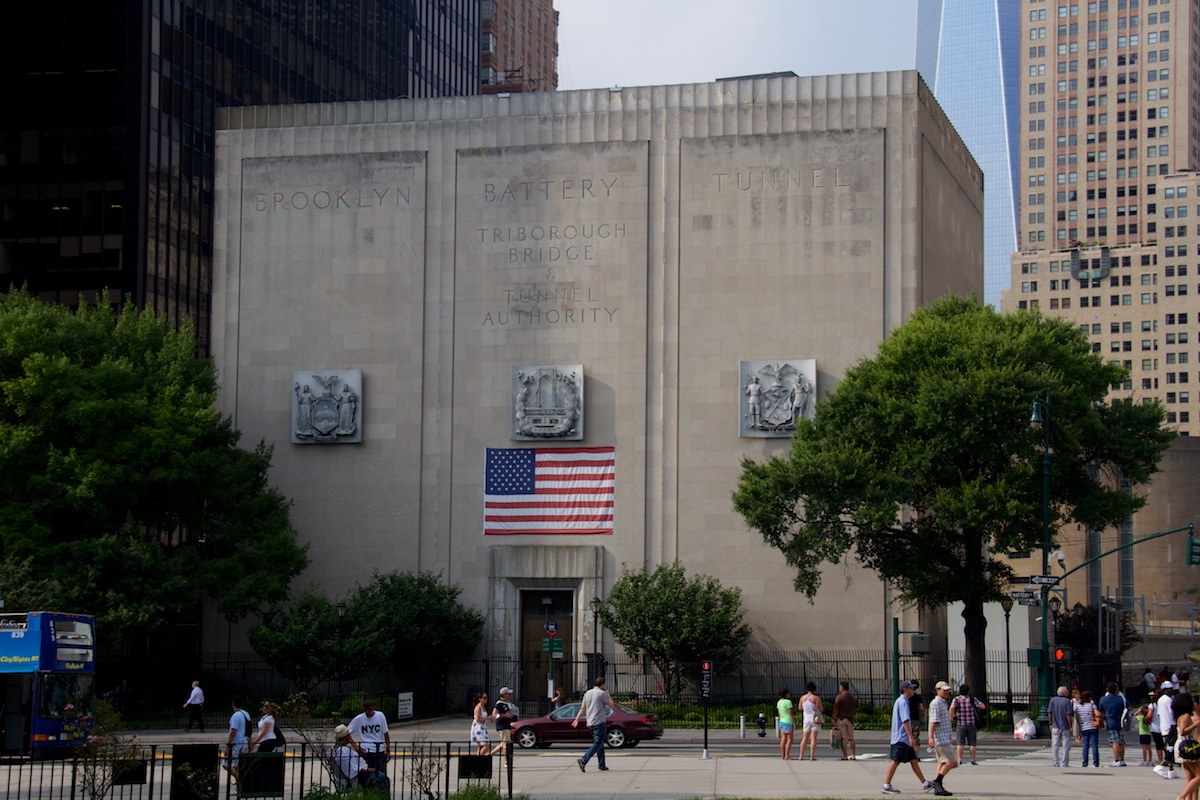
Untapppedcities
According to untappedcities.com, the Brooklyn-Battery Tunnel is the longest tunnel in the whole of North America.
Prior to the construction of the Baltimore Harbor Tunnel, the Brooklyn-Battery Tunnel was regarded as an ambitious project, and it was named the single longest underwater tunnel the world has ever seen in the 1950s at 1.7 miles long.
Connecting South Brooklyn and lower Manhattan, the Brooklyn-Battery Tunnel still remains a national pride as it is the longest continuous underwater vehicle tunnel in North America—and has been since it opened in 1950. At just under 10,000 feet, the tunnel travels under Governor’s Island at the mouth of the East River. With four pumping stations, air is completely changed out of the entire tunnel every 90 seconds.
Material shortages during World War II dragged the project out over the course of a decade.
2.) Eisenhower Tunnel
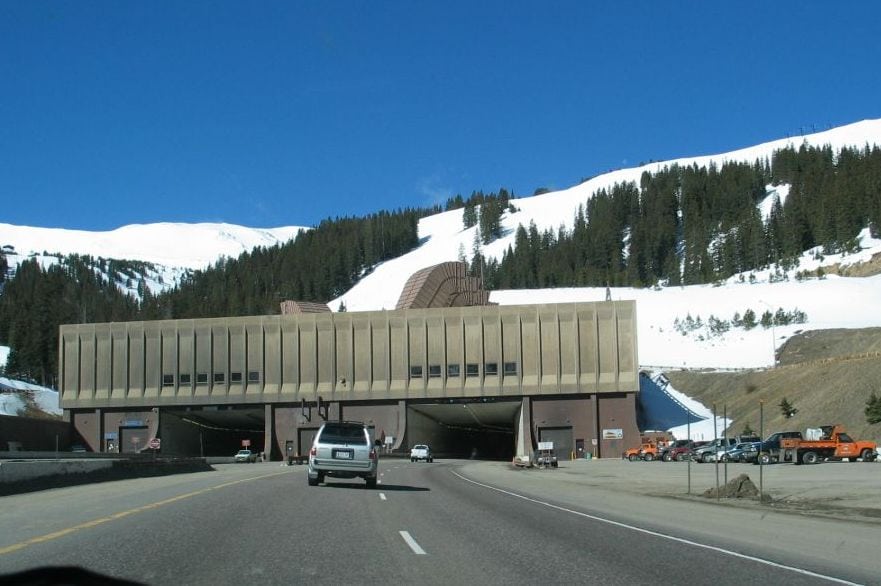
Lucky Mountain Home
In the Colorado Rocky Mountains, 60 miles east of Denver on Interstate 70 lies the Eisenhower Tunnel. It’s the highest tunnel in the world with an average elevation of 11,112 feet. It runs through a terrain where the average annual snowfall from November to April is 26 feet. With two tunnels measuring just under 10,560 feet each, the Eisenhower Tunnel was finished in 1973. It spans two watersheds and the Continental Divide.
This is one of the longest tunnels in the U.S. that has a lot of interesting history. Initially, there was no plan to build this tunnel in the first place after then-President Eisenhower signed a federal act in 1976 authorizing the construction of an interstate highway system.
This was because construction of an interstate highway passing through the Colorado Rockies was said to be costly and dangerous. However, the Governor of Colorado lobbied for the interstate highway to pass through the Rocky Mountains, and it was accepted, with the federal government taking on 90 percent of the construction costs while the state took care of the remaining 10 percent.
When the tunnel was completed in the 1970s, the construction of the tunnel was said to have gone over budget. The tunnel was said to have cost $257 million, and according to Colorado transportation historian Thomas A. Thomas, the amount spent on the tunnel was “approximately equal to the original estimate of the entire stretch of Interstate 70 from Denver to the Utah state line.”
About 30,000-50,000 vehicles are said to pass through the tunnel daily, with over 50 full-time employees working to make the tunnel safe for the use of motorists. During the construction of this tunnel, lives were lost and injuries occurred, but to date, no fatality has been recorded in the tunnel since its opening.
1.) Anton Anderson Memorial Tunnel
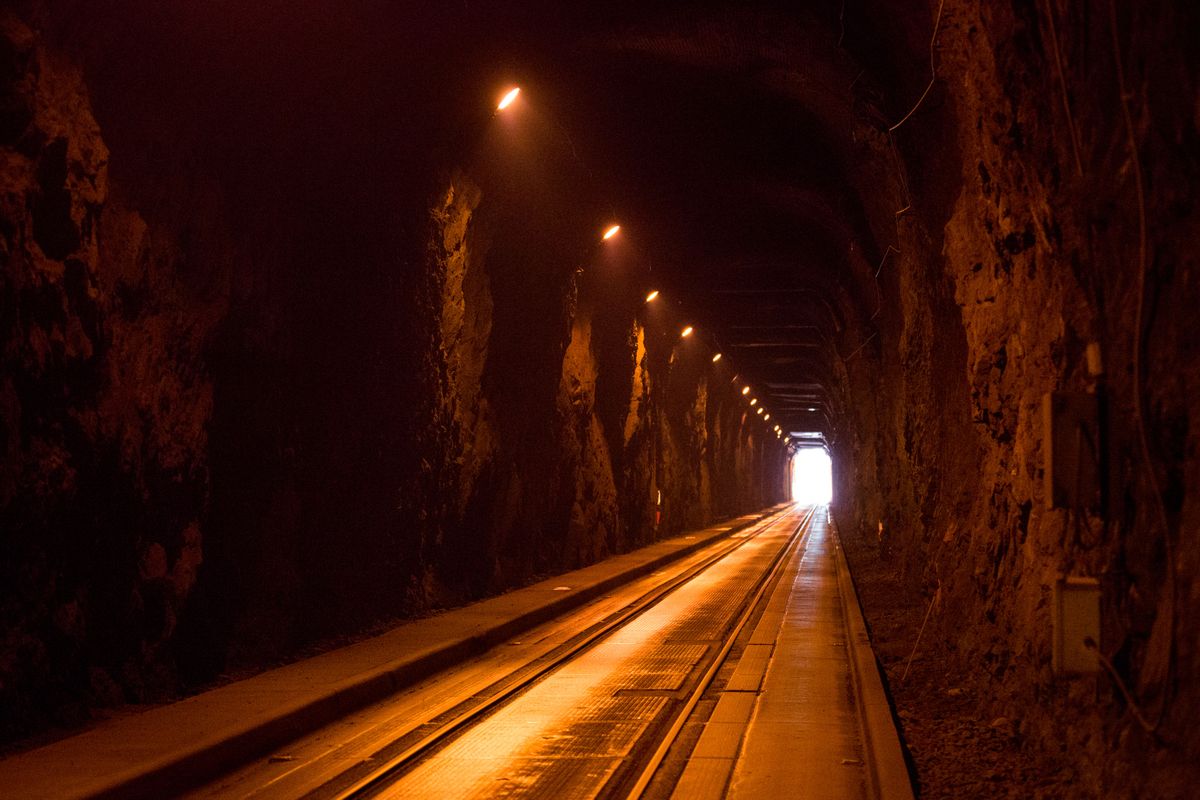
Anchorage Daily News
Deep in the Alaska wilderness, where the Chugach Eskimos have hunted for thousands of years, cars and trains take turns traveling through the longest combined vehicle-railroad tunnel in North America.
If you happen to be going from Portage to Whittier on the Portage Glacier Highway, the 13,300-foot tunnel into which you’ll descend is the first tunnel ever designed to withstand temperatures of 40 degrees below freezing and winds of 150 miles per hour.
It is one of the few tunnels which has a combined highway-railway system. It’s completely built beneath Maynard Mountain.